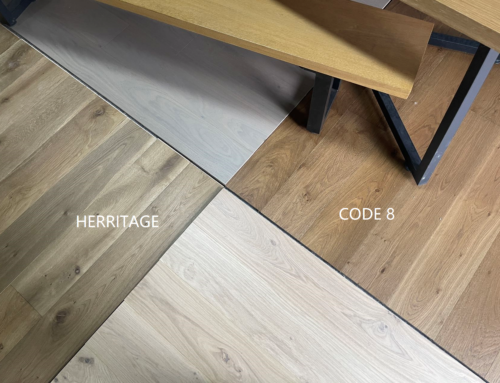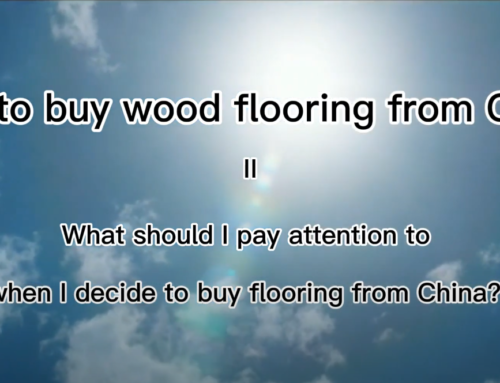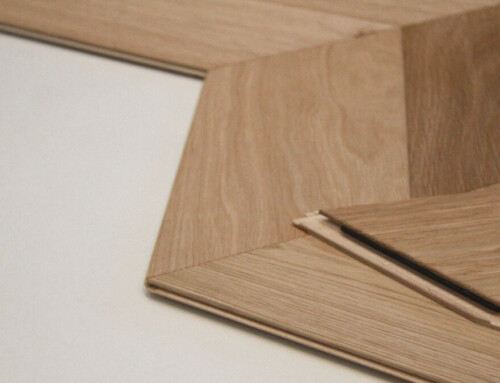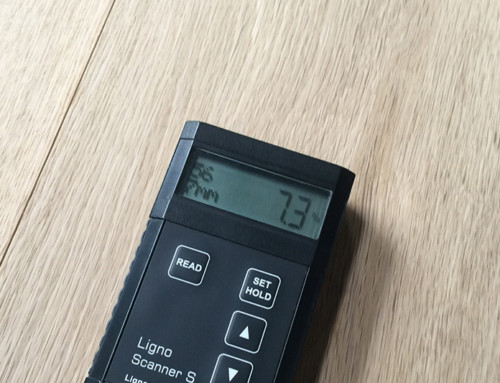Choosing engineered wood flooring flooring is not as easy as walking into a showroom and finding a shade you like. Well, a customer could do that but they would risk sacrificing quality, durability, warranty, easy installation, etc. all for a color and a price tag. Installing flooring in your property is a big investment, but shopping for the right type is actually kind of a fun experience, especially with the number of different materials, grain patterns, and manufacturing processes that go into today’s products. Here are 10 must know tips to ensure you find the perfect flooring for your needs.
1. The Wear Layer
What gives the flooring it’s looks is the wear layer, which is the top piece of veneer. It’s important to have quality construction on this part of the board mostly because it is what must withstand foot traffic, pets, stains, dirt, and scratches. The wear layer or top veneer is good when it is 1-2mm thick, better when it is 2-3mm, but best when it is 3mm or thicker. The thicker the wear layer is, the more wood options available ranging from just oak or ash on the thin pieces to cherry, beech, and most other species as the product thickens.
2. The Ply Layer
Whereas the wear layer provides the looks, the ply layer of flooring provides the function. This is the pressed and glued inner part of the board that gives it dimensional stability and enables engineered wood to withstand moisture and humidity changes better than solid hardwood. The amount of layers and the quality of plywood used will help determine how well the floor performs in less-than-ideal conditions. Once again, a good layer is about 3-ply, a better one 5-play, and the best 7-9 or more.
3. The Finish
When it comes to plank construction there is one more important element – the finish. This is a lacquer coating applied on top of the veneer that provides protection as well as a gloss to increase the reflective and brightening properties of the floor. Finish quality is not only determined by the makeup of the actual product, but the amount of coats applied. A good finish level is considered 5 coats, a better level is 7 coats, and the best 9 coats.
4. About Engineered Wood Floor Stability
5. They Can Be Refinished
Solid hardwoods are considered essentially a lifetime product because they can be sanded and refinished up to 2-3 times. For the most part, engineered wood floors aren’t usually refinished but the thicker veneer models can be sanded down (with care) and restained 1-2 times.
6. Three Installation Types
One of the biggest benefits of engineered wood flooring is that the installation is very simple with the tongue and groove designs that simply snap together. This makes the floor move and flow as an entire unit instead of dozens of individual pieces. Engineered wood flooring does have versatility when it comes to installation types though including:
- Floating – the preferred method of installing engineered wood floors for many people is floating. What this basically means is that the pieces are snapped together to each other, but not fastened to the subfloor. This allows the planks to expand and contract without buckling but can also create a hollow sound when walking upon.
- Glued – many installers like to fasten the engineered wood to the subfloor using glue to both avoid the hollow sound when walking but also to prevent the floor from buckling. The glue also serves as an added moisture barrier and still offers some slight flexibility for expansion and contraction.
- Nailed – for extra fastening security, engineered planks can also be nailed to a wooden subfloor.
7. Three Ways to Manufacture
8. Types of Engineered Wood Available
The types of wood available in engineered flooring will always vary by manufacturer. A consumer’s personal tastes will also determine what type of wood they are looking for, whether it be a lighter shade or one that is extremely hard to withstand pets and children. The options are virtually endless including red oak, white oak, maple, American cherry, birch, walnut, hickory, maple, pine, ash, beech, and a wide variety of exotic woods as well.
9. Maintenance Involved to Extend Life Span
One of the biggest allures of engineered wood flooring is that it involves little to no maintenance. Compared to hardwood which must be carefully cared for with approved cleaning materials, engineered wood requires nothing more than a damp or microfiber mob and an occasional waxing.
10. Benefits of Using Engineered Wood
The benefits of engineered wood flooring is that they are easy to maintain, offer the looks of wood at an affordable price, and are easy to install. Perhaps more than that though is the fact that they have dimensional stability which makes them a viable choice for rooms and climates where moisture and humidity is more present — spots which would damage hardwood floors.











This is some really good information about choosing an engineered hardwood floor. I liked that you pointed out that a benefit of this type of wood floor is that they are really easy to maintain. I am a really busy person. So have really easy to clean floors would be nice.
Dear Ivy,
Thanks for your appreciation! Welcome to contact us, if you have any questions~
Thanks again,
Lord Parquet